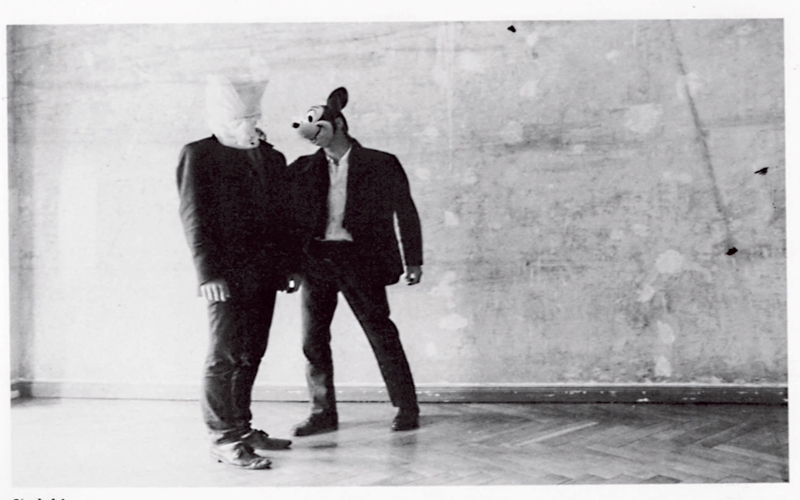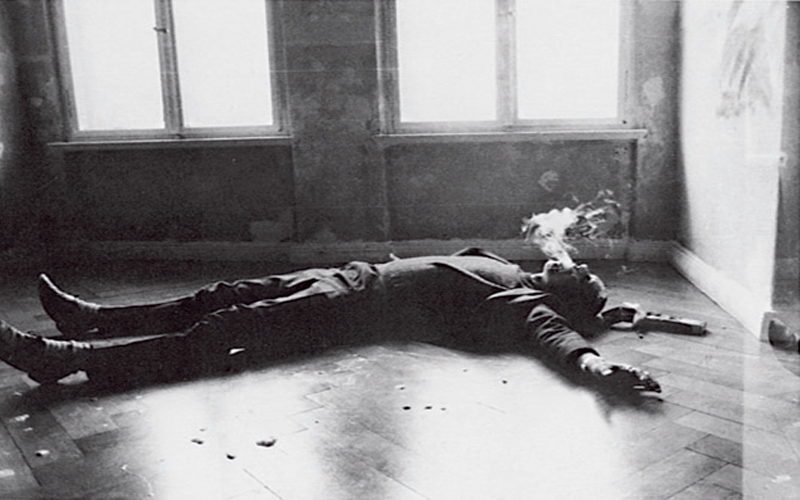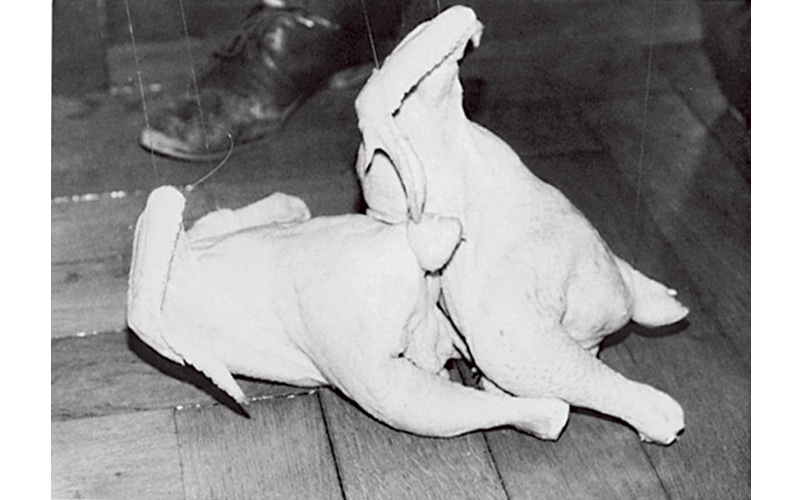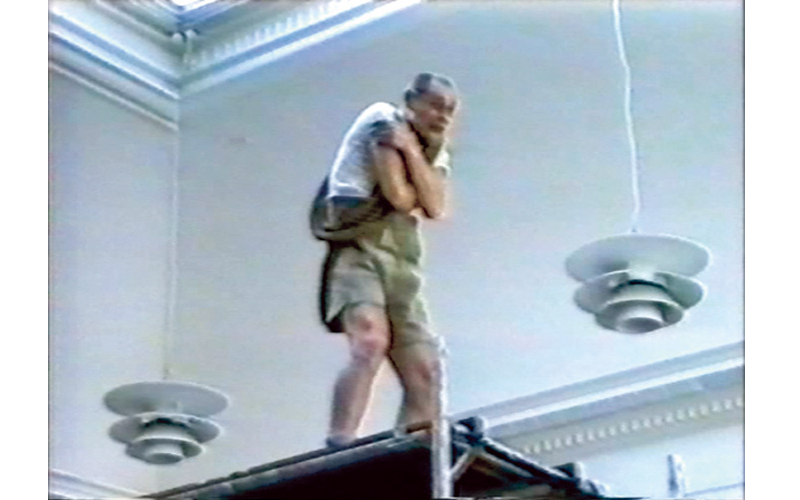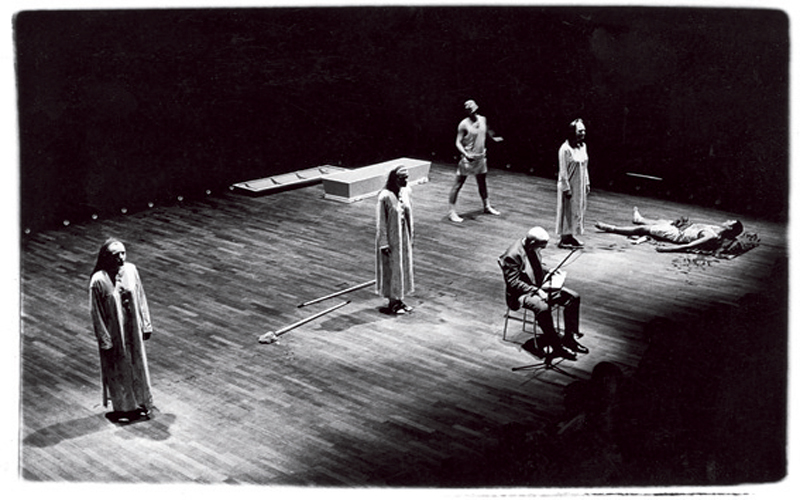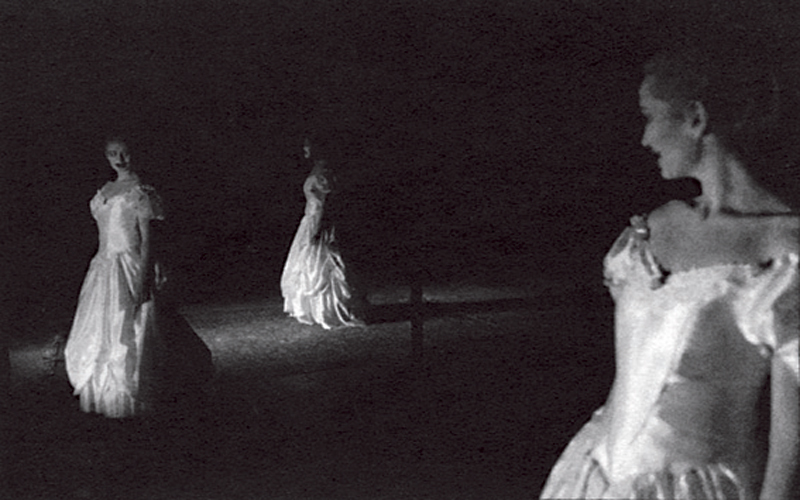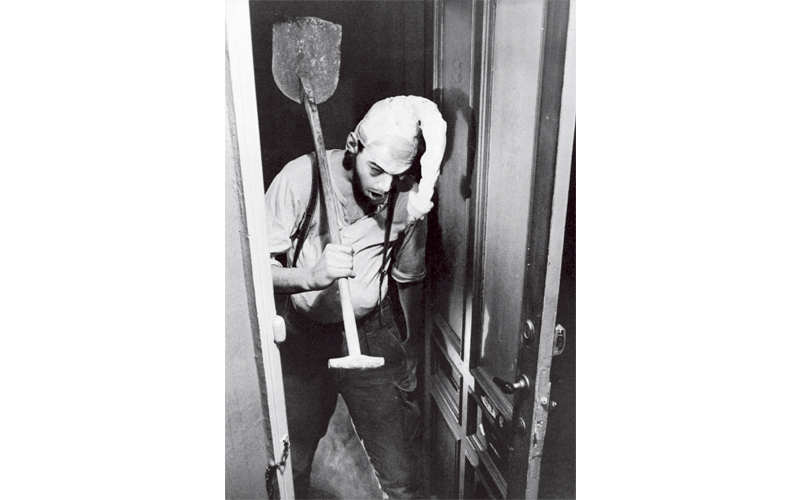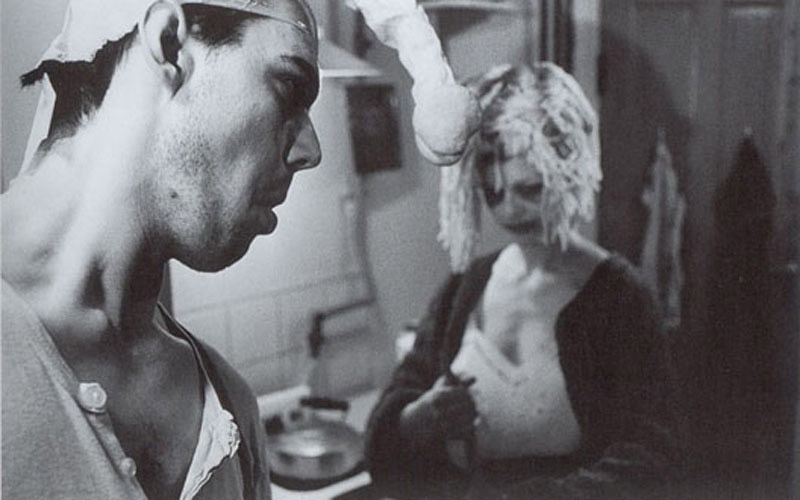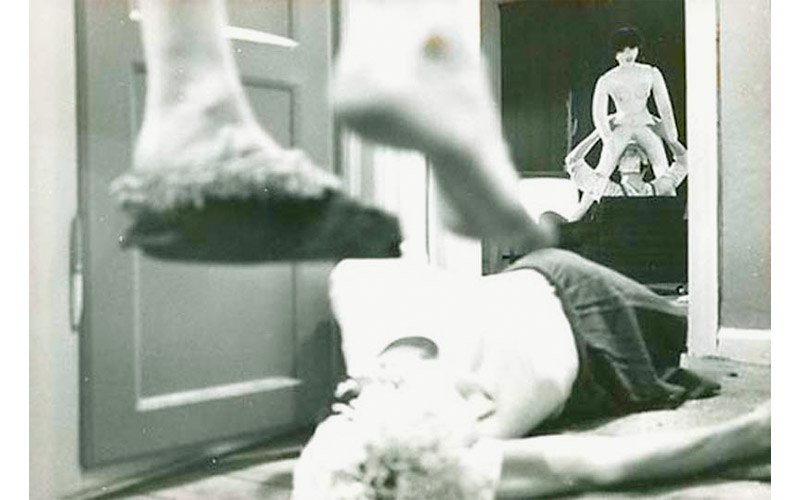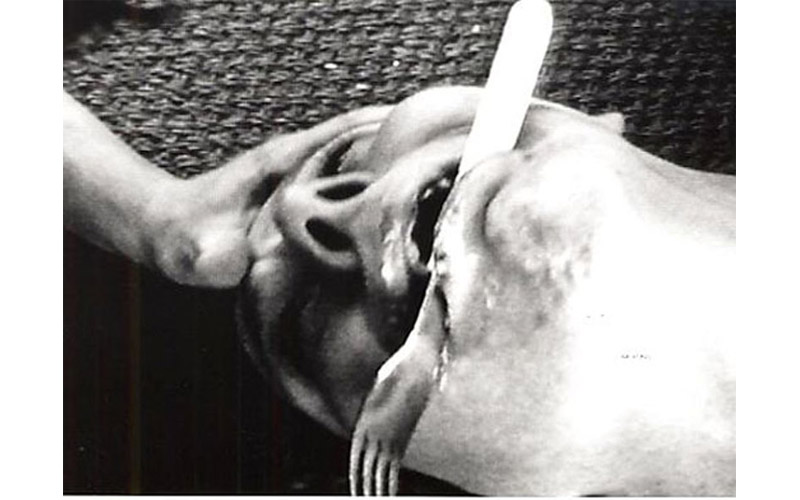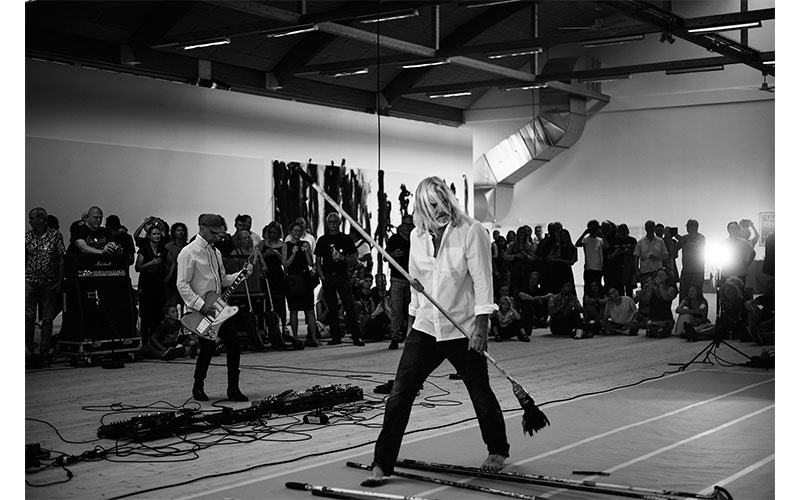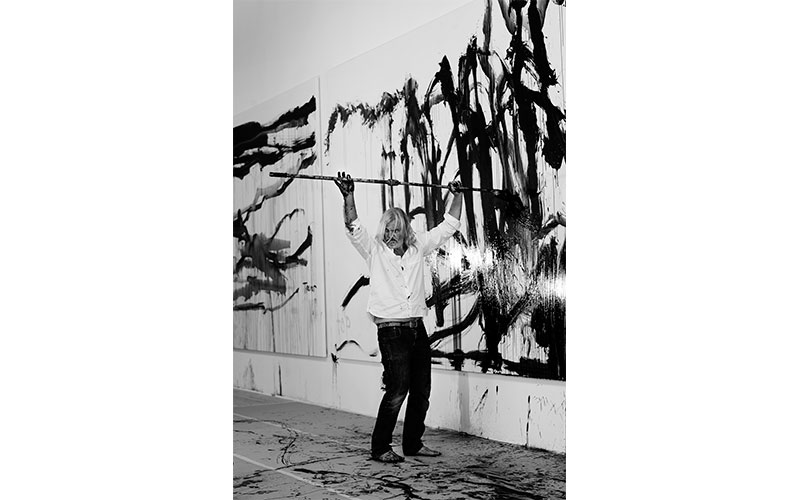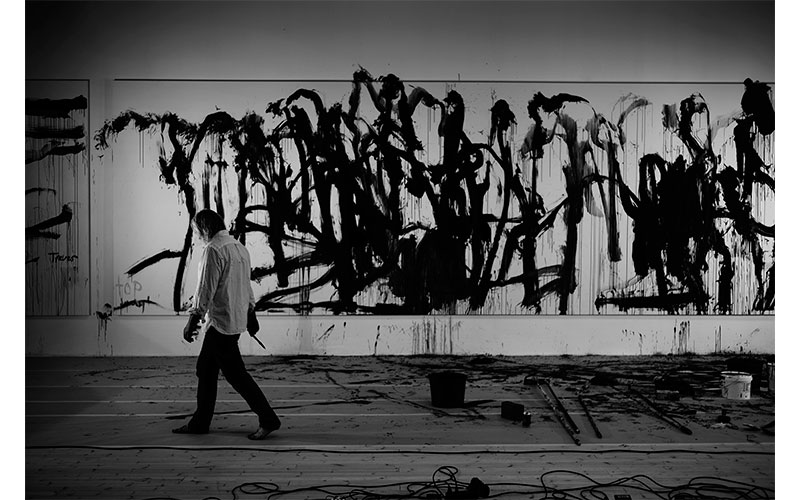As an artist, Christian Lemmerz and others of his generation had to start all over from the beginning, where irony and distance were two of the most effective means in a confrontation with the notion of originality and in a re-updating of expressive forms of art. German-born Lemmerz became a central player in the experimental and, in his own words, “vulgar-anarchist” milieu surrounding the artist collective, Værkstedet Værst [Workshop Worst], which was formed in Copenhagen in 1980, with the painter Erik A. Frandsen as the initiator. The workshop branded its praxis, among other ways, with the catchy slogan, “Copy it right”, where a miming style and gesture became one of the guiding concepts.
During this period, it was especially a manner of playing with language, in the form of puns and literalness, which constituted an important strategy in an associative flow of ideas and whims. Lemmerz’ referential working method, replete with quotations from different high and low-cultural sources, together with his intricate use of metaphors and everyday objects, takes on the character of a kind of rebus or allegory about the state of affairs in The Society of The Spectacle’s media culture. The works’ somewhat “trashy”, fragmentary, humoristic and pornographic features are salient characteristics during this phase.
Performance art pieces and films created as part of a collaboration that Lemmerz entered into with Danish painter Michael Kvium and others after Værkstedet Værst closed in 1984. Infantile, pathological, eschatological, absurdist as well as archetypical theatrical vignettes were performed with slow physical movements and gestures, unarticulated sounds and a minimal use of props. The focus was directed toward a body situated beyond control, a body often positioned upon a diffuse boundary between existence and collapse, where the representation was enacted as a provocation within the highbrow context inside of which these works were presented. Author James Joyce, and especially his novel, Finnegans Wake, posed a special challenge to Lemmerz and Kvium. This novel fashions the point of origin for a number of performances and also for what was their most ambitious project up until now, The Wake, a film lasting more than seven hours, which actually exists in several different versions. The film is one long dream sequence, a metaphoric re-transcription of Europe in a state of limbo.

